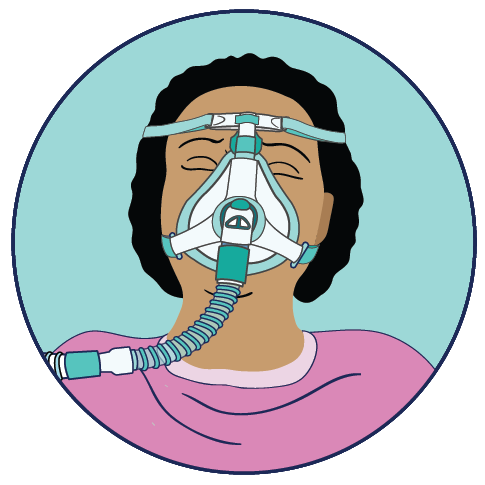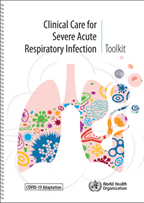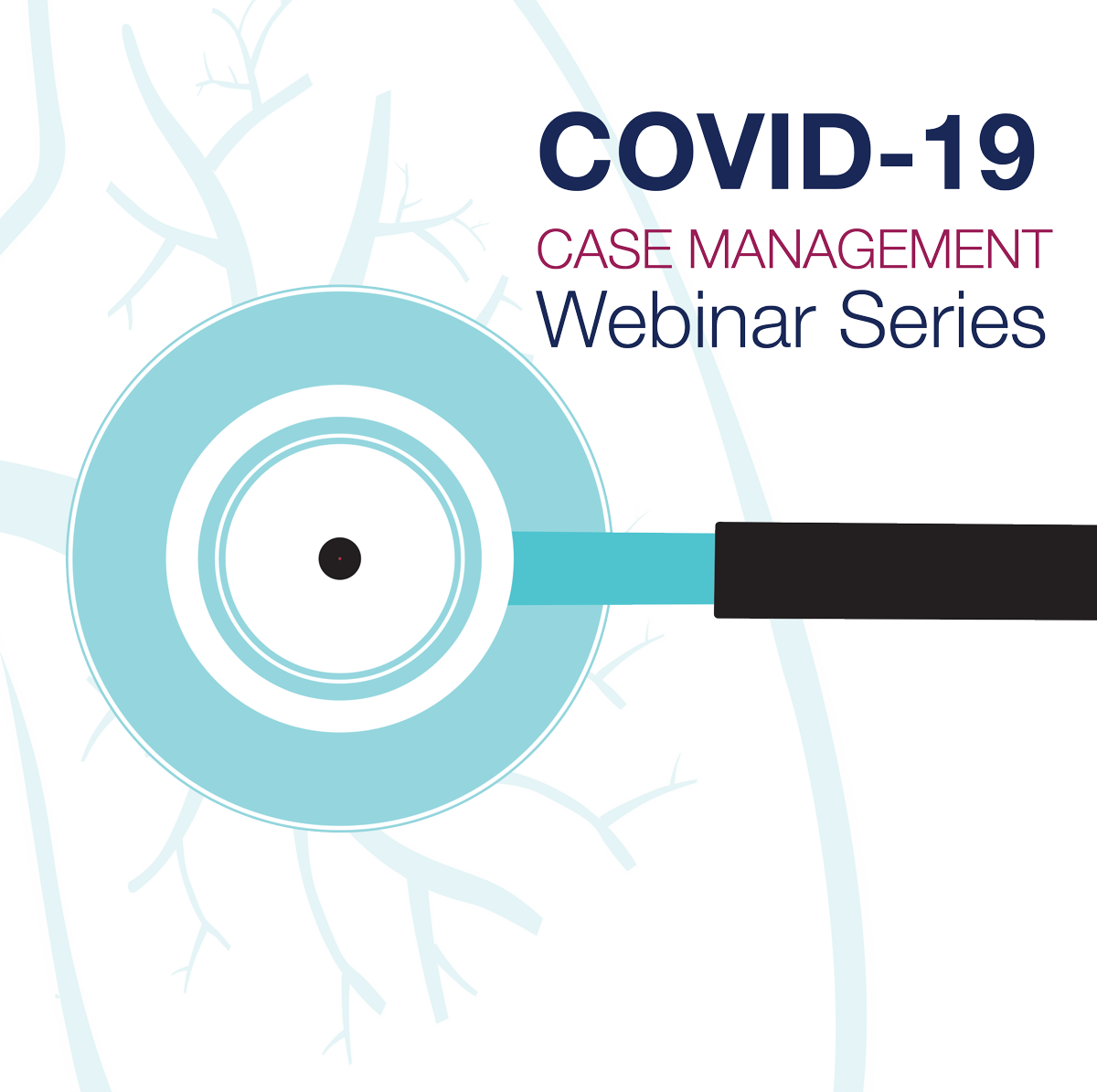.tmb-768v.png?sfvrsn=b2a7d2bf_1)
Clinical management of COVID-19
Clinical management of COVID-19
WHO develops most up-to-date technical guidance for clinical management of COVID-19 patients, including optimized supportive care interventions and therapeutics based on ongoing “living” assessment of new evidence generated by the global community. This work is supported by the Guidelines Development Group. It also:
- Hosts the Global COVID-19 Clinical Data Platform for clinical characterization and management of hospitalized patients with suspected or confirmed COVID-19.
- Develops COVID-19 Clinical Management training resources for health workers based on the most up-to-date clinical guidance for online or download hosted on the WHO Academy and OpenWHO platforms.
- Hosts the global COVID-19 Clinical Management web series for health workers, health researchers and health policy makers.
- Convenes the Clinical Characterization and Management Research Working Group, to advance clinical research.
- Convenes the Global Clinical Management Network, bringing together front-line clinicians from all over the world, to share expertise and experience in a peer-to-peer knowledge exchange forum.
- Produces tools for Member States to support operational decision making, medical supply forecasting and access for essential medicines and supplies to manage COVID-19 inventory.
Publications
The WHO COVID-19 Clinical management: living guidance contains the most up-to-date recommendations for the clinical management of people with COVID-19. Providing guidance that is comprehensive and holistic for the optimal care of COVID-19 patients throughout their entire illness is important. The latest version is available in pdf format (via the ‘Download’ button) and via an online platform, and is updated regularly as new evidence emerges.
The latest version (6th version) contains important updates and recommendations which relate to discontinuation of transmission-based precautions (including isolation) and release from COVID-19 care pathway.
** NEW** Conditional recommendation for ten days of isolation for individuals who are symptomatic due to SARS-CoV-2 infection; and five days of isolation for individuals who are asymptomatic with SARS-CoV-2 infection (published 13 January 2023).
** NEW** Conditional recommendation for the use of rapid-antigen testing to reduce the period of isolation for individuals with SARS-CoV-2 infection (published 13 January 2023).
Translated versions of the Clinical management of COVID-19: living guideline are available on the following links :
Clinical Management of COVID-19 Resources for Health workers
Clinical Management of COVID-19: Acute hypoxaemic respiratory failure and COVID-19 and use of non-invasive respiratory support modules


Management of critical COVID-19 Advanced non-invasive respiratory support: high-flow nasal oxygen and...
For patients on HFNO with persistent hypoxaemia or respiratory distress: • Check the equipment: inspect the exterior of the machine, the tubing (circuit),...

Management of critical COVID-19 Advanced non-invasive respiratory support: high-flow nasal oxygen and...
For patients on NIPPV or HFNO with persistent hypoxaemia or respiratory distress:• Check the equipment: inspect the exterior of the machine, the tubing...

WHO recommends prompt recognition of progressive acute hypoxaemic respiratory failure when a patient with respiratory distress is failing to respond...

Management of critical COVID-19 Advanced non-invasive respiratory support: high-flow nasal oxygen...
WHO recommends prompt recognition of progressive acute hypoxaemic respiratory failure when a patient with respiratory distress is failing to respond...


COVID-19 Clinical Management Webinar Series

Clinical Management of COVID-19 learning platforms
Develops training materials for health care workers based on the most up-to-date clinical guidance, available via the WHO Academy and OpenWHO platforms:
Publications
Drugs to prevent COVID-19: living guideline
The WHO Living guideline: Drugs to prevent COVID-19 contains the Organization’s most up-to-date recommendations for the use of drugs to...
Therapeutics and COVID-19: Living guideline, 13 January 2023
The WHO Therapeutics and COVID-19: living guideline contains the most up-to-date recommendations for the use of therapeutics in the treatment...
The WHO COVID-19 Clinical management: living guidance contains the most up-to-date recommendations for the clinical management of people...

First published in 2020, this toolkit is intended for clinicians working in acute care, managing adult and paediatric patients with acute respiratory infection,...
COVID-19 Operational tools for health facility and health system planning
WHO COVID-19 Essential Supplies Forecasting Tool (COVID-ESFT) v4.1
The WHO COVID-19 Essential Supplies Forecasting Tool (ESFT) assists governments, partners, and other stakeholders to forecast the necessary volume of personal...
Priority medical devices list for the COVID-19 response and associated technical specifications
This document describes the medical devices required for the clinical management of COVID-19, selected and prioritized according to the...

Access the tool:Biomedical equipment for COVID-19 case management: toolUse and content Countries can use this tool to collect in-depth facility inventories...



